TN&MT Newspaper reporters interviewed Dr. Nguyen Truong Giang - Director of the Vietnam Minerals Department to clarify the shortcomings in current regulations on minerals used as construction materials and solutions to overcome these difficulties.
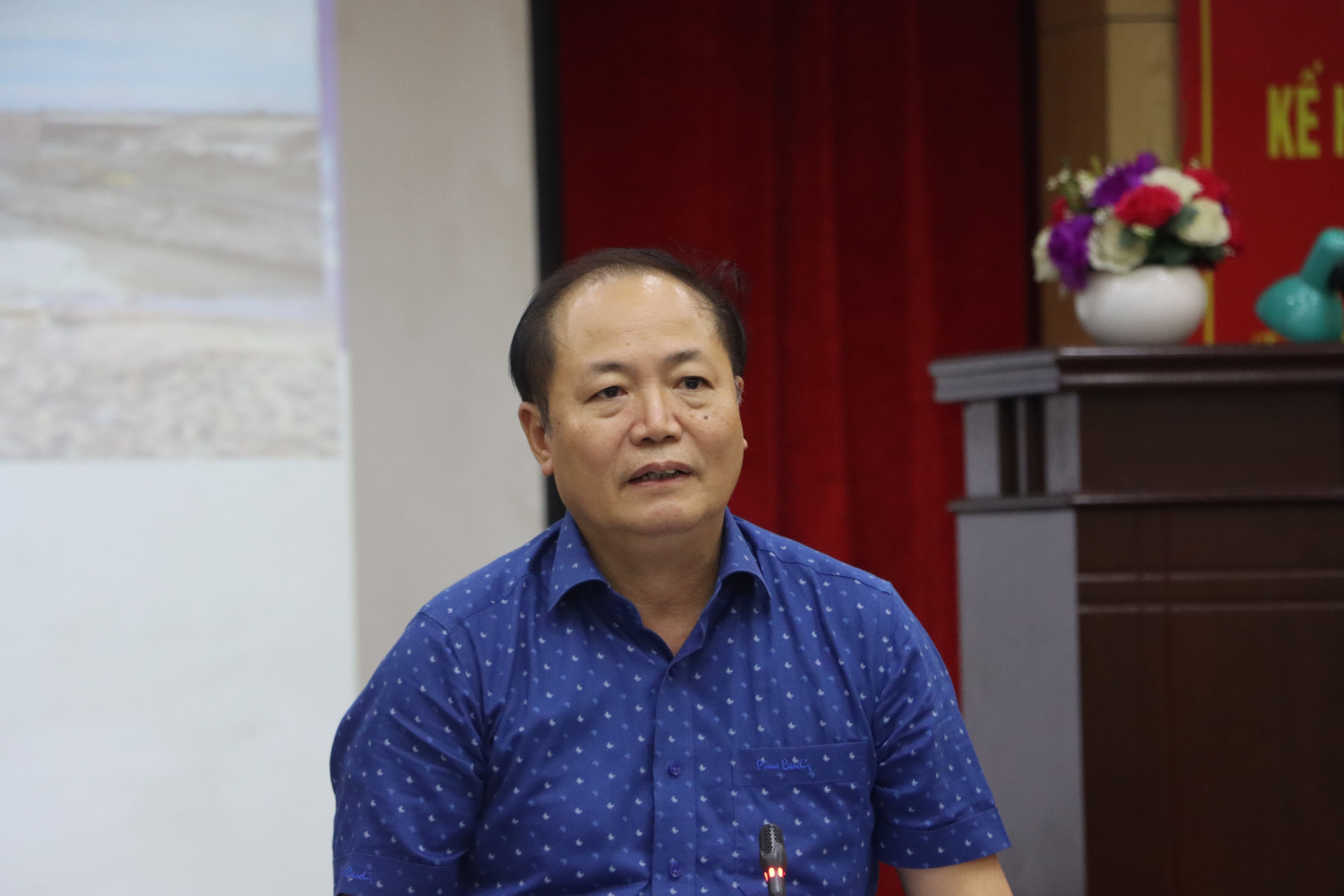
PV: Sir, how do you evaluate the regulations of the current Mineral Law on minerals used as construction materials?
Dr. Nguyen Truong Giang: Minerals used for construction materials are very popular and easy to exploit at all scales from households to large enterprises, while the demand for serving people's lives is very large and regular (road construction, landfill, brick and tile production, construction works, civil construction...).
However, currently, the licensing of mineral exploration and exploitation for construction materials must be carried out in accordance with the procedures, dossier components, and time limit for implementing the procedures applied in general to other types of minerals as prescribed in Articles 47 and 59 of the Law on Minerals, meaning that the dossier for licensing mineral exploration and exploitation for construction materials is similar to the dossier for licensing other minerals (gold, titanium, coal, etc.). Such regulations are not suitable for practice, leading to some organizations and individuals not preparing dossiers to request a license but carrying out illegal mining activities, causing loss of resources and environmental pollution, especially for river sand and gravel, and landfill soil.
In particular, in the case where the subject is a business household requesting a license to explore and exploit minerals for construction materials, while the conditions for the case of exploring minerals for construction materials are that the proposed exploration area must not exceed 1 hectare (stipulated in Point c, Clause 1, Article 26 of Decree No. 158/2016/ND-CP of the Government ); the exploitation condition is that the exploitation capacity must not exceed 3,000m3 of raw mineral products/year (stipulated in Point c, Clause 1, Article 36 of Decree No. 158/2016/ND-CP), the application of general regulations on dossier components and the time limit for granting licenses for exploration and exploitation of minerals is not appropriate.
PV: Can you cite some difficulties in state management of minerals used for construction materials in some localities?
Dr. Nguyen Truong Giang: According to the reflection of many localities such as Lang Son, Lam Dong, Gia Lai, Dak Lak, Kon Tum , ... in reality, state management of minerals for construction materials has arisen difficulties and problems affecting people's lives and local economic development.
These difficulties exist in cases where organizations and individuals carry out leveling and land improvement to serve agricultural production; in cases where households exploit minerals for construction materials in the residential land area of individual households to build family works in that area, after using for the construction there is a surplus volume of soil and rock, which can be used as filling materials (essentially minerals for construction materials) to serve the leveling of other works; or in cases where organizations and individuals exploit minerals for construction materials in an area with an investment project to build a work, after serving that work there is a certain surplus volume that can serve another work.
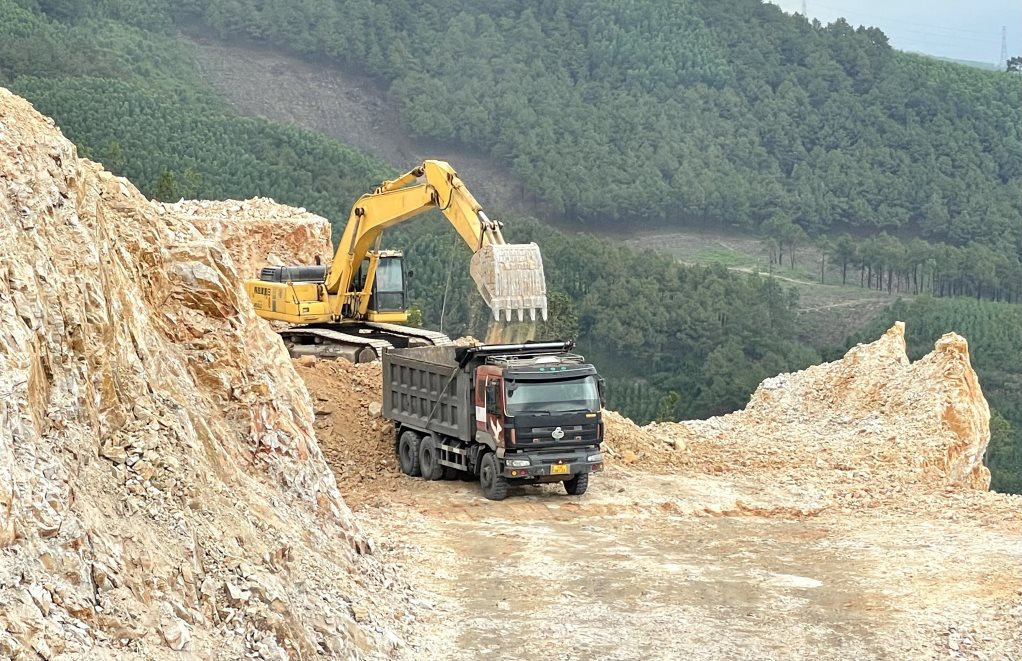
According to the provisions of the Law on Minerals, the above cases must be licensed for mineral exploitation as for other types of minerals (regardless of the area, the amount of surplus minerals, large or small), this is not appropriate, because the procedures for granting mineral exploitation licenses are complicated compared to the scale of mineral exploitation activities in these cases.
According to the provisions of Article 82 of the 2010 Law on Minerals, the Provincial People's Committee is the competent authority to grant licenses for exploration and exploitation of minerals for construction materials, but in some cases of exploitation of minerals for construction materials on a small or very small scale, especially in remote and isolated areas, the above provisions cause difficulties for organizations, individuals and households in carrying out administrative procedures, resulting in many costs.
In addition, the current demand for minerals for construction materials (soil, rock, sand for filling materials) for key projects in the transport sector is very large, especially highway projects (transport projects). If the procedures from granting exploration licenses, approving reserves, and granting mineral exploitation licenses in accordance with the provisions of the law on minerals are fully implemented, it will take a long time, at least 6-9 months, even up to 2 years.
Meanwhile, the construction progress time requirements of transport projects are often short, especially the supply of earth filling materials within a period of only a few months, at most 1 year. The implementation of the above procedures and procedures for granting construction material mineral licenses leads to delays in the construction progress of transport projects.
Reporter: How has the Vietnam Minerals Department proposed to the Ministry of Natural Resources and Environment to resolve the above shortcomings, sir?
Dr. Nguyen Truong Giang: Given the above situation, the Ministry of Natural Resources and Environment has submitted to the Government for promulgation Resolution No. 60/NQ-CP dated June 16, 2021 on the application of a special mechanism in licensing the exploitation of minerals for construction materials to supply for the Investment Project to build a number of expressway sections on the North-South Eastern route in the period 2017-2020 (amended and supplemented in Resolution No. 133/NQ-CP dated October 19, 2021).
In particular, for licensed construction material mines (except for sand and gravel from river beds and estuaries), localities are allowed to increase their exploitation capacity by no more than 50%. For roadbed soil mines, they are allowed to increase their capacity according to the needs of the highway project without having to adjust the investment project or EIA report; for mines that have not been licensed for exploration and exploitation, they are granted directly to contractors (for public investment projects) and investors (for investment projects in the form of public-private partnerships (PPP) and BOT).
Thanks to the application of the above special mechanism in localities where the projects pass through, from the shortage of over 50 million m3 of filling materials (mainly fill soil) in early 2021, by the first 6 months of 2022, there was basically no shortage of filling materials, keeping up with the schedule of supplying materials for traffic projects.
However, for a long-term solution, it is necessary to regulate the records, procedures and processes for granting construction materials licenses in the direction of simplifying procedures, promoting decentralization, and shortening licensing time, especially for key projects in the transport sector. The Vietnam Minerals Department will synthesize and report to competent authorities for consideration and adjustment during the process of amending the Law on Minerals.
PV: Thank you very much!
Source




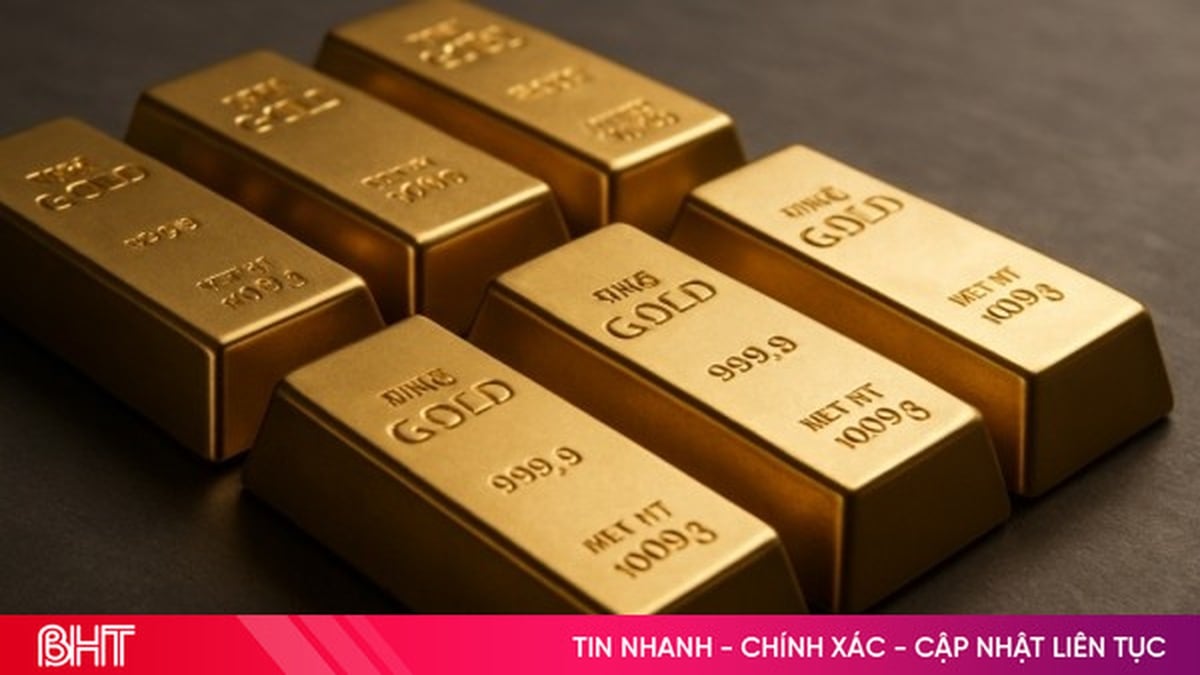
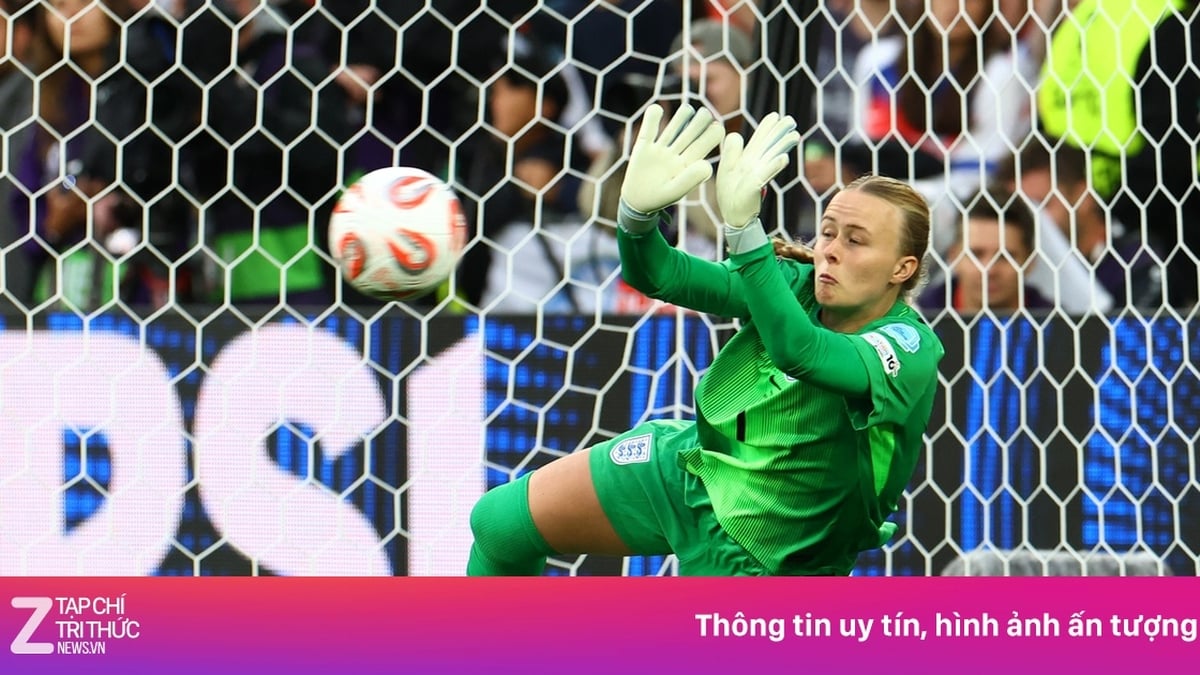
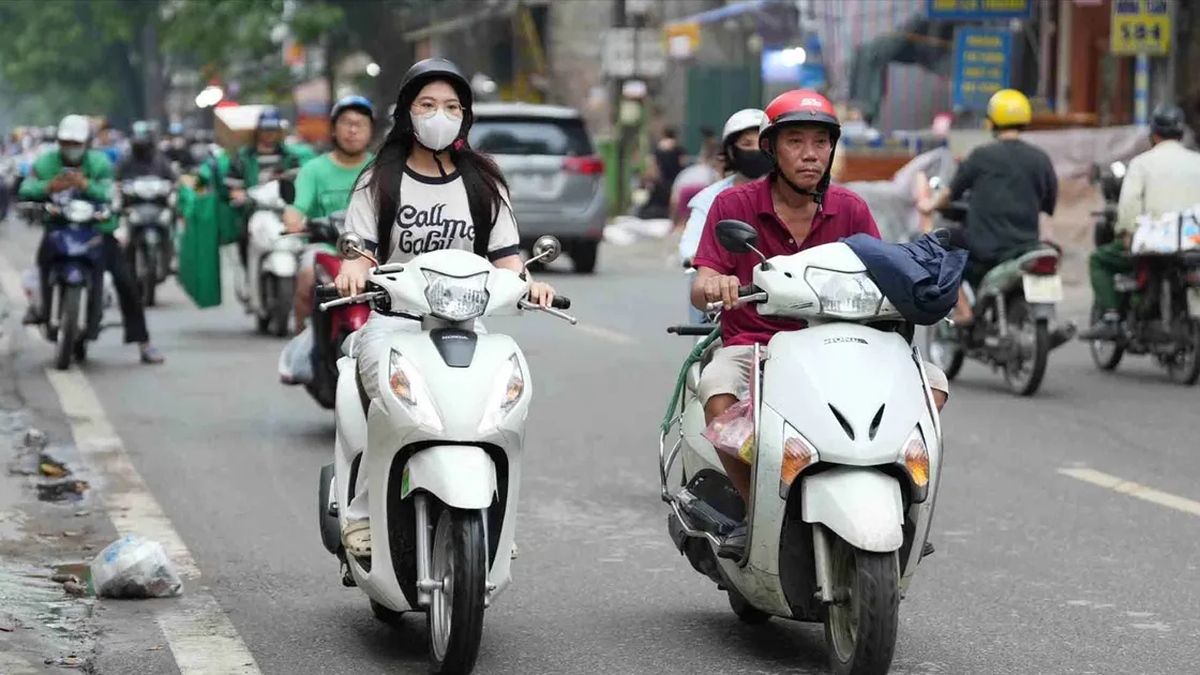
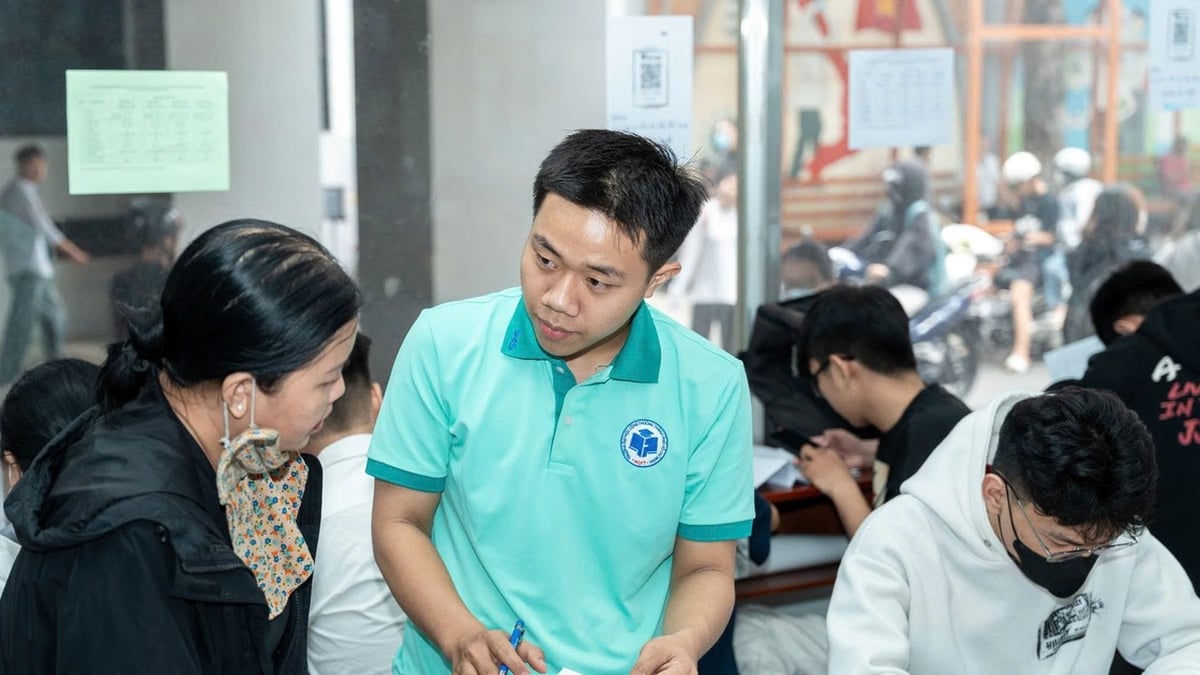
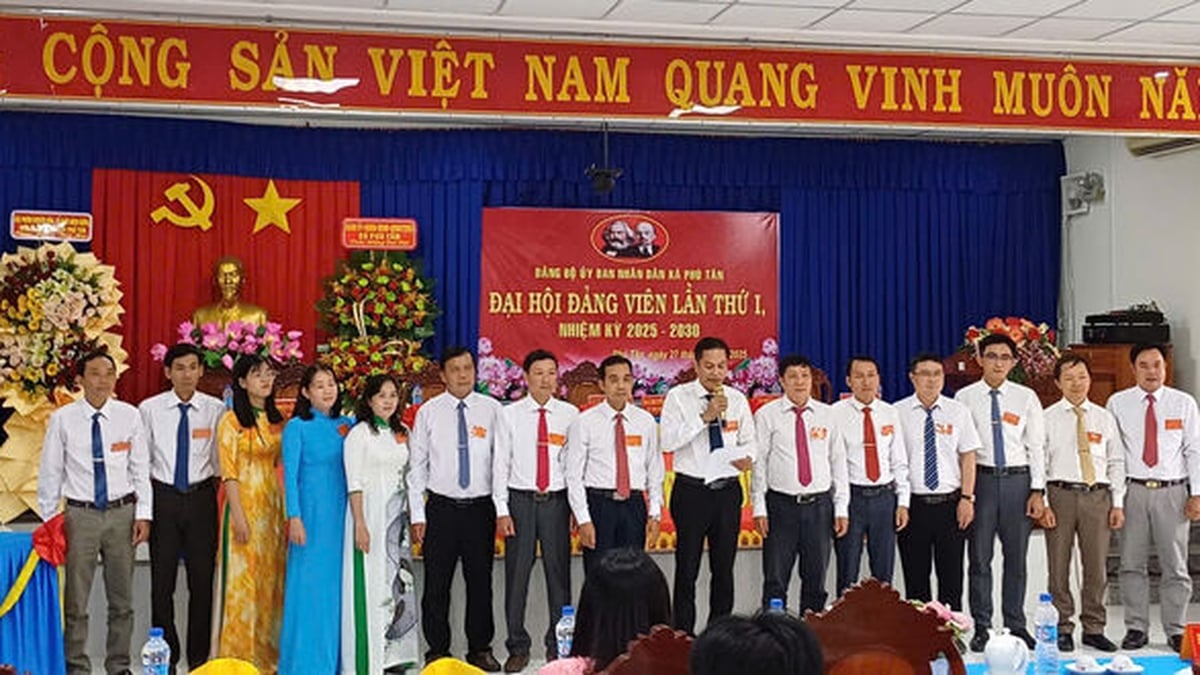
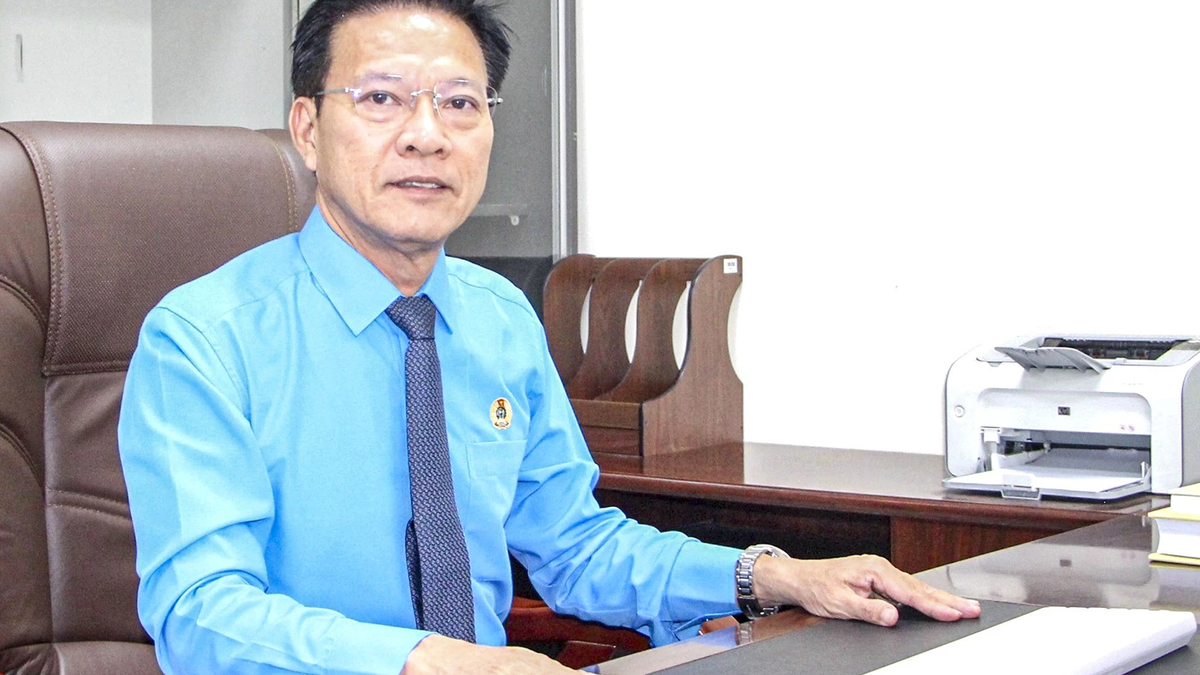
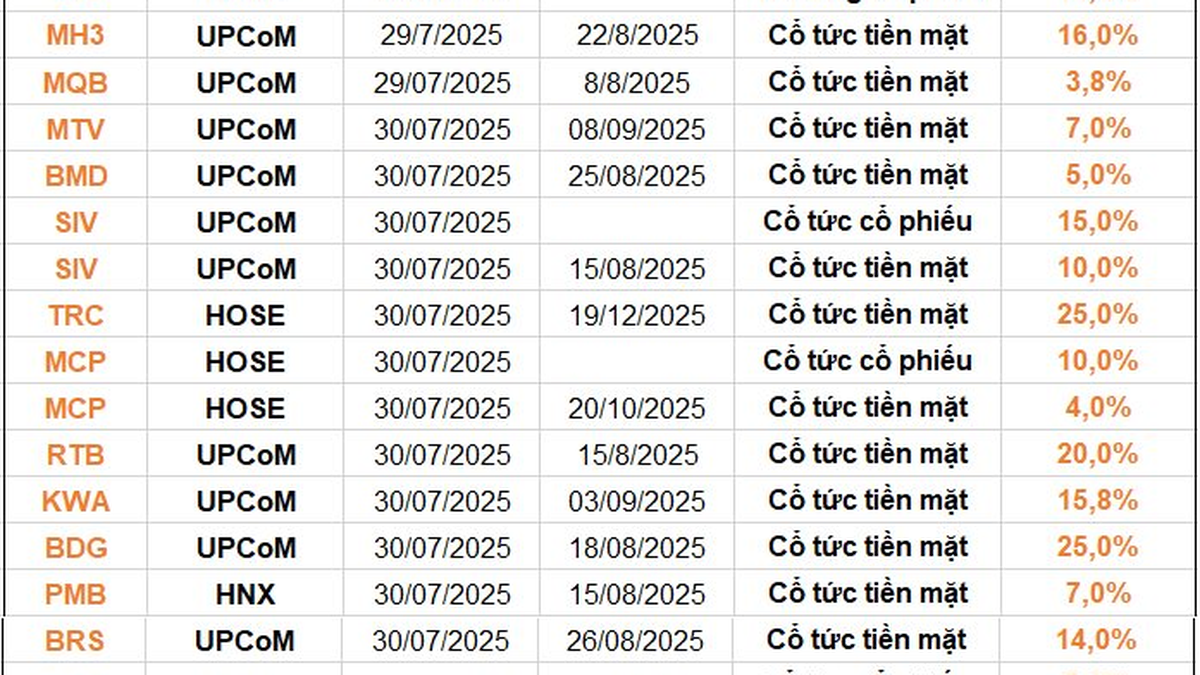
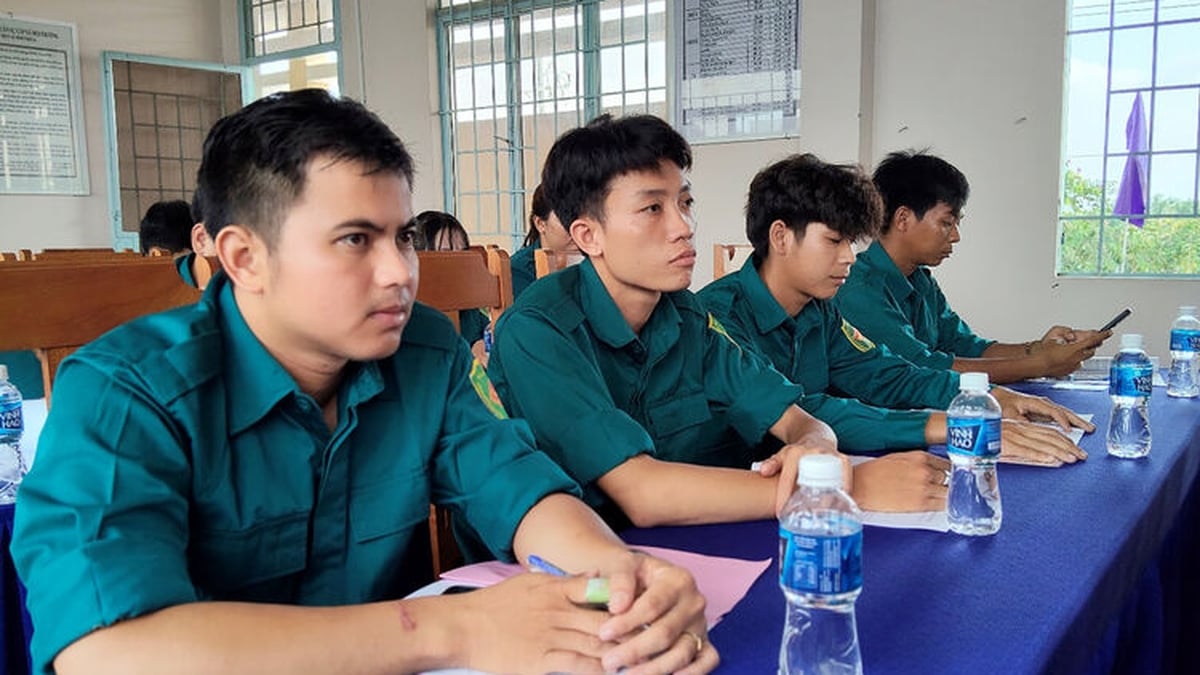























































































Comment (0)